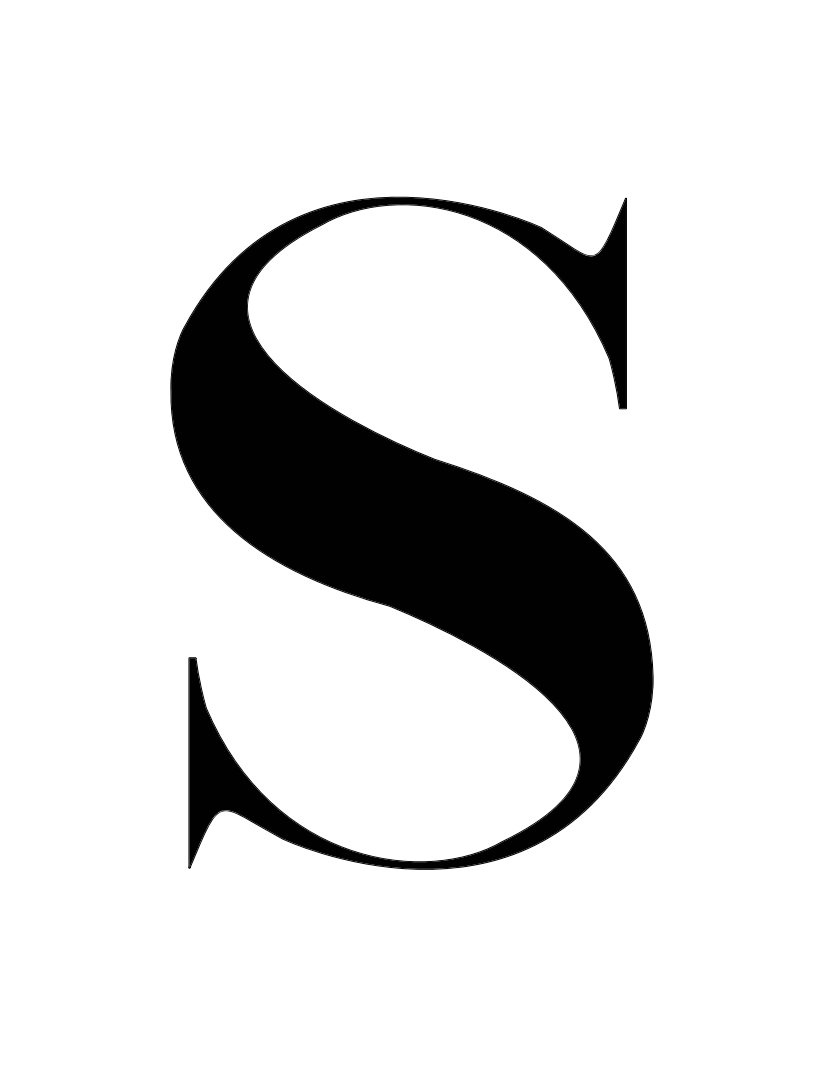Although intimidating at first, the menstrual cup has turned out to be a very satisfying, nifty and credible product.
The Eco-friendly way to deal with your period
You’ll probably get through a couple of panty liners (or pads) on your heavy days, but you are cutting out a lot more waste than you would’ve wearing pads. I’ve never worn tampons before, but I’m sure even there you’d be disposing at least once a day. Alternatively, you can purchase reusable cloth pads from Eco Femme, I haven’t tried them out, but I will once my pantyliners run out. Most of all, I love the practice of having one main device throughout my period.
For routine tampon users, I don’t imagine the switch to be as hard as us pad wearers. Putting something up there for a prolonged period, and something seemingly big is not so easy if you haven’t done it before. It took me 3 months to conjure up the courage to actually go for it, and after having a positive discussion with my gynecologist about the advantages of menstrual cups, I felt reassured and finally ready.

About the Shecup
I tried the shecup. It’s a pale pink coloured silicon cup, that comes in a un-dyed pouch with a drawstring. It is made from health grade, non-toxic, non-allergic silicone and it’s eco-friendly and cost-effective. They say the shape can last up to 10 years however that is subject to how well you take care of yours, if you find it getting discoloured or there is an odour or any tears, its time for a new one. So, in an ideal situation you’re paying 996INR (on Amazon.in) for 10 years instead of around INR8000 (cost of pads) and a lot more non-reusable waste. You can swim and play sports and sleep with it in. If you want to switch, Shecup recommends, trying it on when not on your period to get practice with all the different positions and insertion techniques etc.

Inserting and removing your menstrual cup
For insertion and extracting, I give it a 7/10 as for comfort I give it a 9.5/10. I felt a little discomfort in the pelvic region when I first inserted it but the pain disappeared soon after. I folded the cup in the ‘drop down’ method, where you push one of the sides downwards, making it small and easy to insert. Push it in fast, otherwise it may open out before it’s inside and you’ll have to try again. I prefer doing this part standing up with a slight bend in my knees.
Removing the cup for the first time was not only something I didn’t look forward to doing but, was also harder than I thought. You need to remain very calm to begin with, I repeat, be calm! if not, your pelvic muscles will be tense and make it hard for it to come out (this also applies to insertion). Then, start putting some pressure on your vagina, as if you’re giving birth (pusshhhh..). You will have to use your finger for this part – find the little bobble at the end of the cup, tug on it lightly, till you can feel the bottom crown of the cup and squeeze it as much as you can. This will break the vacuum seal the Shecup created when you inserted it. Try and make the mouth of the cup as small as possible by squeezing or folding the cup and it should come out with no pain. I didn’t really think this through when I first did it and I ended up yanking it out and man, did it hurt!! I find it easier to remove my menstrual cup while sitting on the toilet with my legs elevated by my little bathroom bin.

Hygiene tips for menstrual cup users
I think menstrual cups just take some practice and getting used to. I have friends that have been using it for months and swear by it. Get to know your vagina, your technique and system but make hygiene your number one priority. Use an antibacterial hand wash to wash the cup between uses and sterilise it (20 min boil) before and after your period. Needless to say, wash your hands thoroughly before interacting with the area. Peeing is okay whilst it’s inside, but nothing else! (we’re talking about pooping obviously) you must make sure the area around your vagina is clean before inserting the cup, or else bacteria can travel up there and, could lead to infection.
One complaint my gynecologist kept receiving from her patients was that it was ‘gross’ dealing with period blood. To that I say, start young and just get used to it. I personally didn’t find it too messy. I preferred it to sitting uncomfortably on a pad and having it stick to my thighs or even seeing the blood on the pad every time I went to the loo. It’s so portable, and once you put it in, you only need to think about it 6 -12 hours later. The less I think about my period on my period, the better!
I’m so excited for those of you making the switch to a menstrual cup. You will be doing the environment and your bank account a favour, not to mention, avoiding a number of heath hazards associated with wearing pads and tampons.
Feature image by www.refinery29.com
Last updated on July 18, 2018









